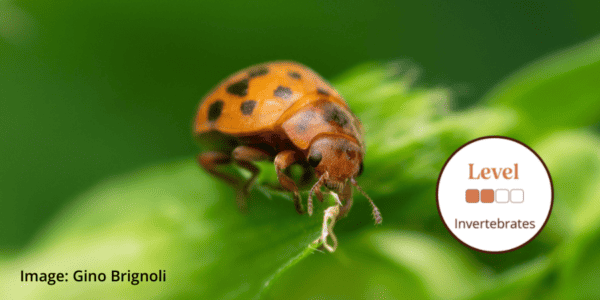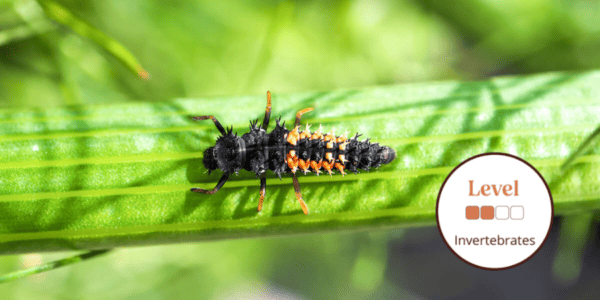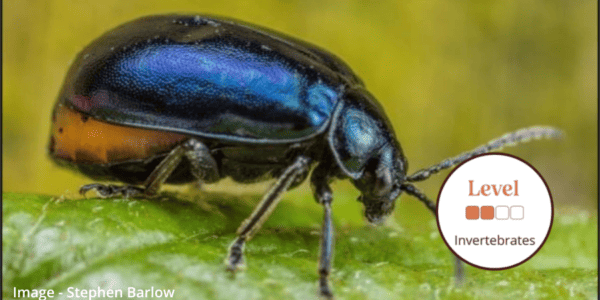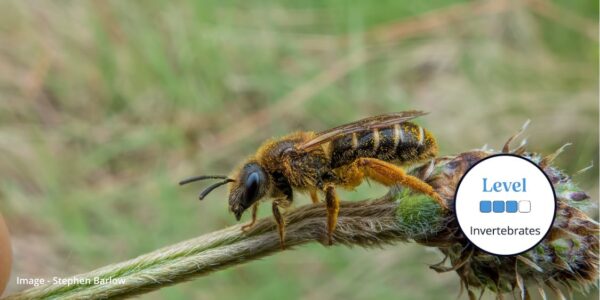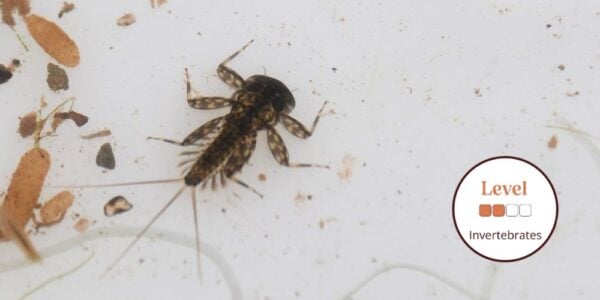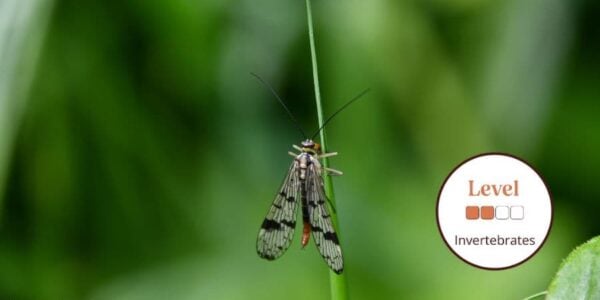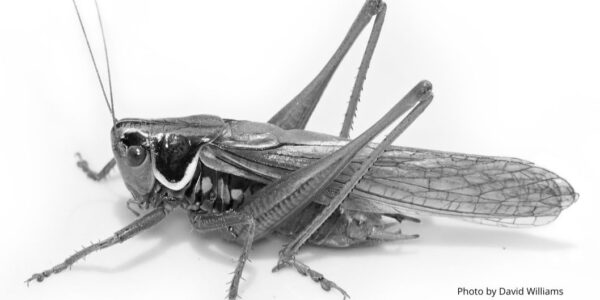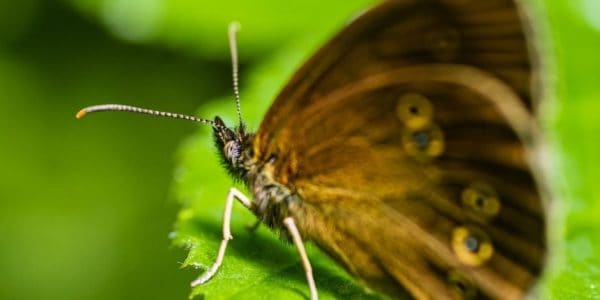
Discover more as you learn about UK Beetles and improve your skills on our beginner to advanced courses.
We run regular beetle courses throughout the year delivered online and UK wide by expert tutor and follow a framework to progress your learning at a level to suit you.Beetle Identification
About 1 in every 3 insects in existence is a beetle. There are approximately 400,000 known species globally, with many more waiting to be discovered and identified. Our beetles courses can help with this. Their huge diversity in form, behaviour and ecology make them a fascinating group to study and observe but also can make them seem daunting to beginners.
A beetle (Coleoptera) is a type of insect, as it possesses three main body parts (head, thorax and abdomen), compound eyes, three pairs of legs and a pair of antennae. They can be distinguished from other insects by a couple of features. The main difference is that a beetle will have two pairs of wings, with the outer forewings adapted into hard wing cases (elytra). These are what you see on the abdomen of the beetle and protect the delicate hindwings underneath that are used for flight.
In the UK there are roughly 4000 species of beetle, made up of 103 different families, with these being some of the most familiar:
- Ground Beetles (Carabidae)
- Lady Birds (Coccinellidae)
- Longhorn Beetles (Cerambycidae)
- Weevils (Curculionidae)
- Stag Beetles (Scarabaeidae)
- Diving Beetles (Dytiscidae)
- Glow-worms (Lampyridae)
- Dor Beetles (Geotrupidae)
- What makes a Beetle a Beetle?
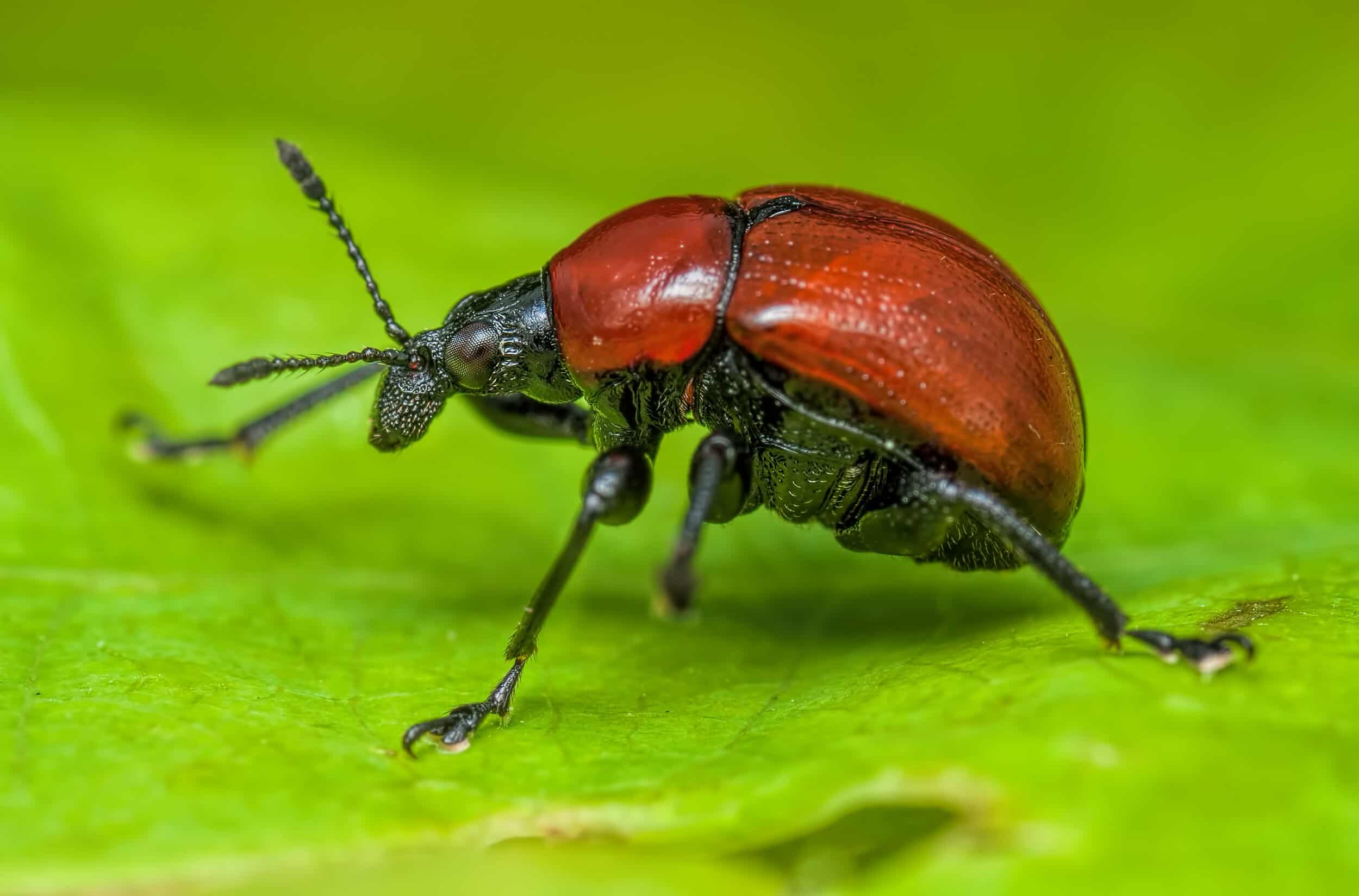
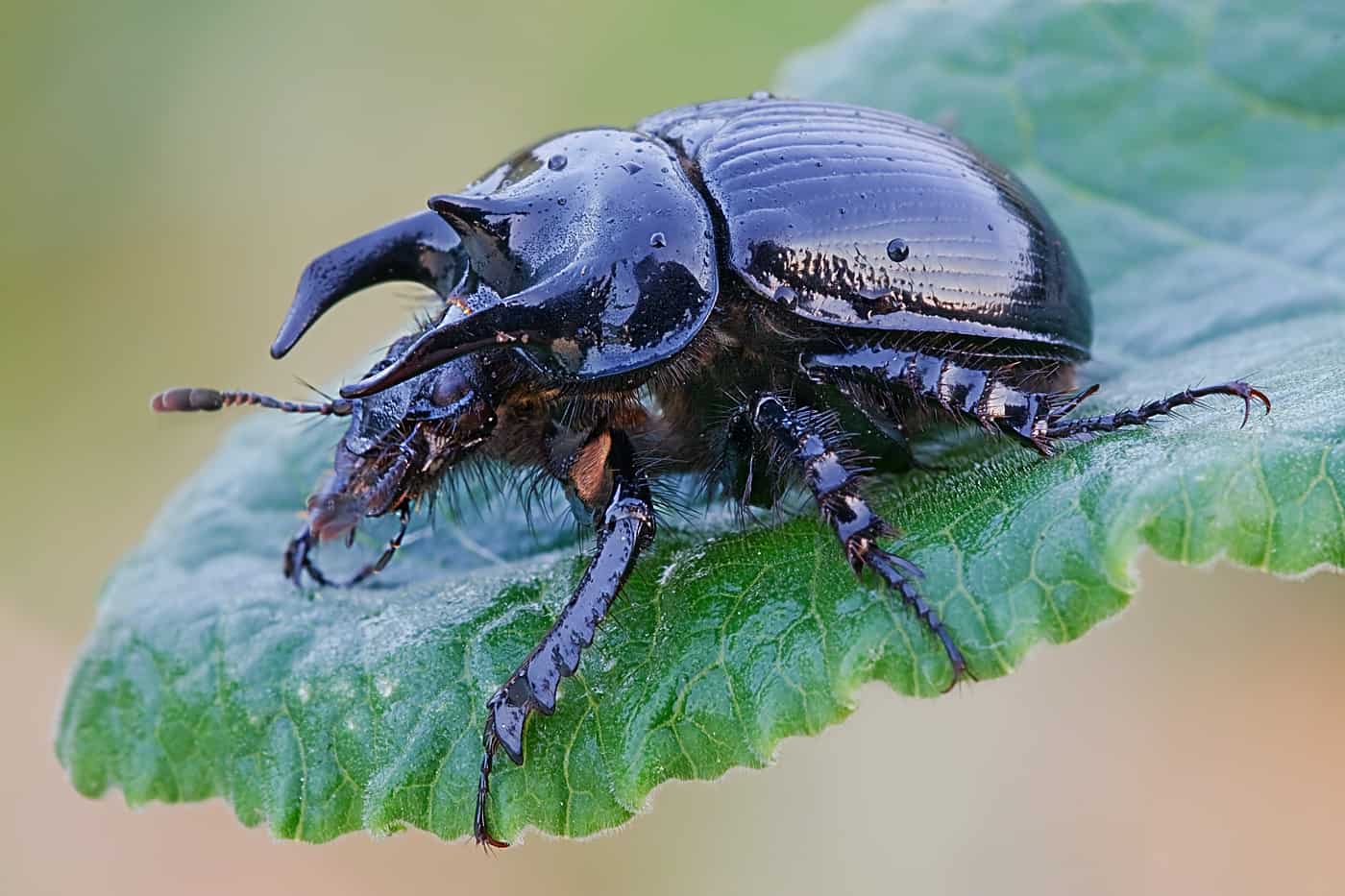
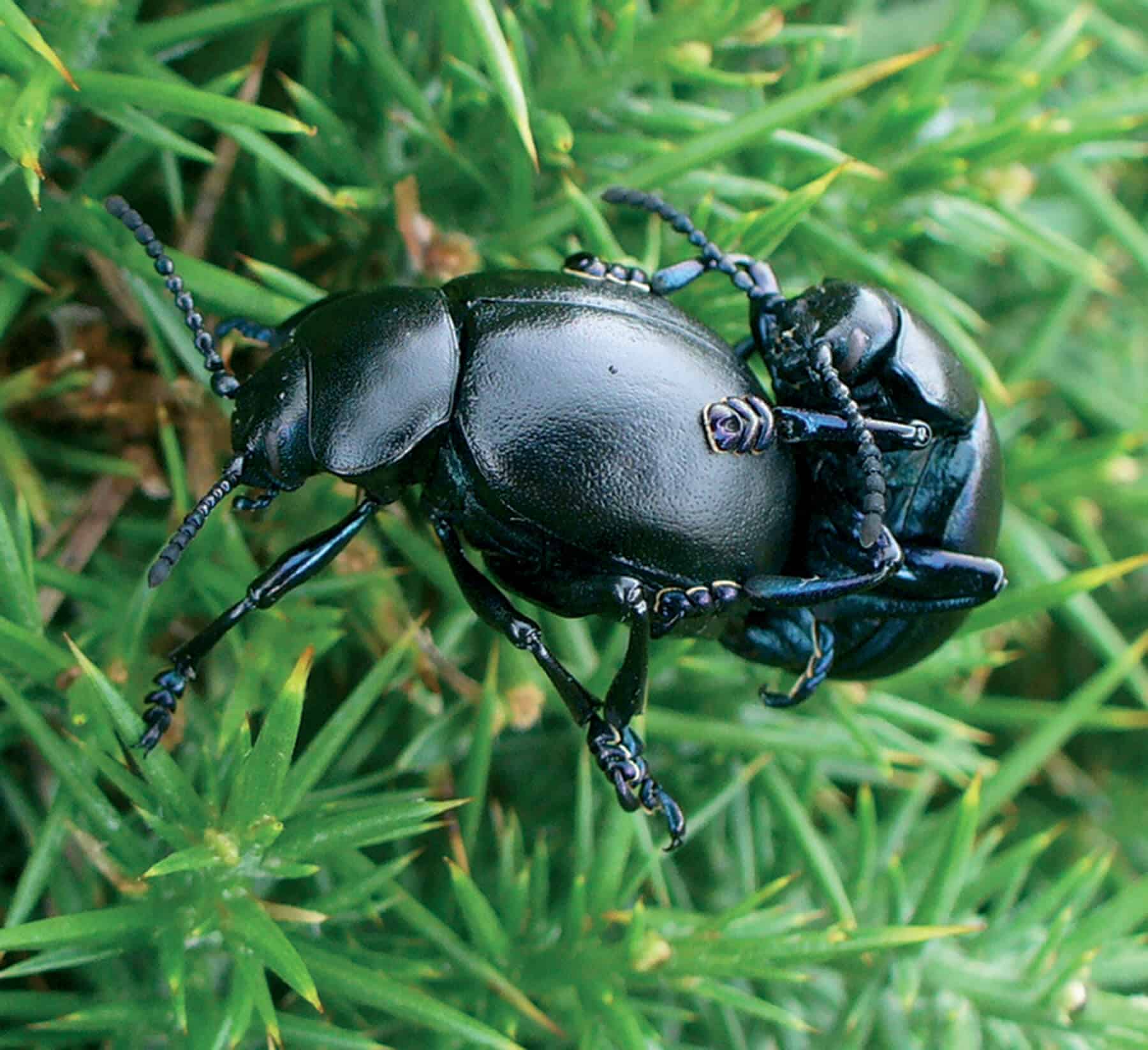
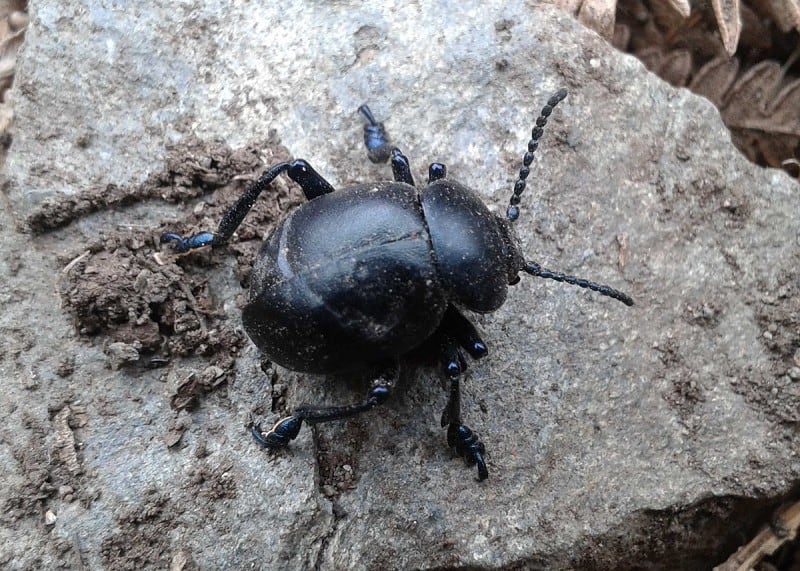
Ground Beetles
The Ground Beetles (Carabidae) consist of around 350 different species in the UK. They are mostly terrestrial predatory beetles, foraging on the ground for other small invertebrates.
You can see them scurrying quickly over the ground or sheltering under stones, logs and organic litter. Ecologists often use them as an indicator species, as their presence suggests that the habitat is healthy and diverse. One method of collecting ground beetles for identification is through setting up Pitfall Traps.
Our plentiful publications can help guide you through beetle identification. Plus, our vast array of beetle courses can teach you more about collection techniques, terminology, ecology and biology, and using identification resources.
Ladybird Beetles
There are 47 different ladybird (Coccinellidae) species in the UK, and they are one of our much loved and distinctive beetle species. Many of them, and the most common, are black and red and spotty. However, some species are orange, yellow or white, and the number of spots can range from 2 right up to 25!
Some ladybirds are particularly loved by gardeners as they eat plant hungry insects such as aphids and help to control their numbers. They can often be spotted on plants in gardens and urban areas in spring and summer, and in winter, they can be found in dense clusters hibernating in sheltered crevices.
Beetle Courses
Our beetle courses are delivered by experts in the field, and will equip you with the skills and knowledge to discover more about the habits and life-cycles of Britain’s beetles. Our beginner courses are for anyone interested in discovering and exploring this invertebrate group . You can learn how to identify the key characteristics of beetles and acquire or improving identification skills.
Training is led by expert tutors who are passionate about the subject. Taking place at venues across the UK, or online, our courses are designed to progress your learning at a level to suit your needs. If you are interested in our amphibian online training, you can read about our Moodle learning environment.
Each course is part of a learning framework. You can see the course level descriptions here. Natural history courses are available at all levels from beginner through to professional training.
Beetle Identification Resources
FSC Ladybirds Guide – This fold-out guide covers the adults of 26 species in Britain and Ireland. To aid identification it covers the colour pattern, habitat, distribution, status and overwintering site for each species. There are also concise descriptions of the anatomy, life-cycle and diet of ladybirds.
Ladybirds Atlas – The BRC Ladybirds atlas describes the distribution of ladybirds in Britain, Ireland, the Isle of Man and the Channel Islands, using data collected through the Biological Records Centre Coccinellidae Recording Scheme (including the UK Ladybird Survey) since 1964.
FSC Ladybird Larvae Guide – This features the larvae and pupae of 26 species in Britain and Ireland. Ladybird larvae are easy to find in gardens and local green spaces, but they look very different to adult ladybirds. Beautiful colour paintings by Chris Shields show the key colours and patterns to look out for.


